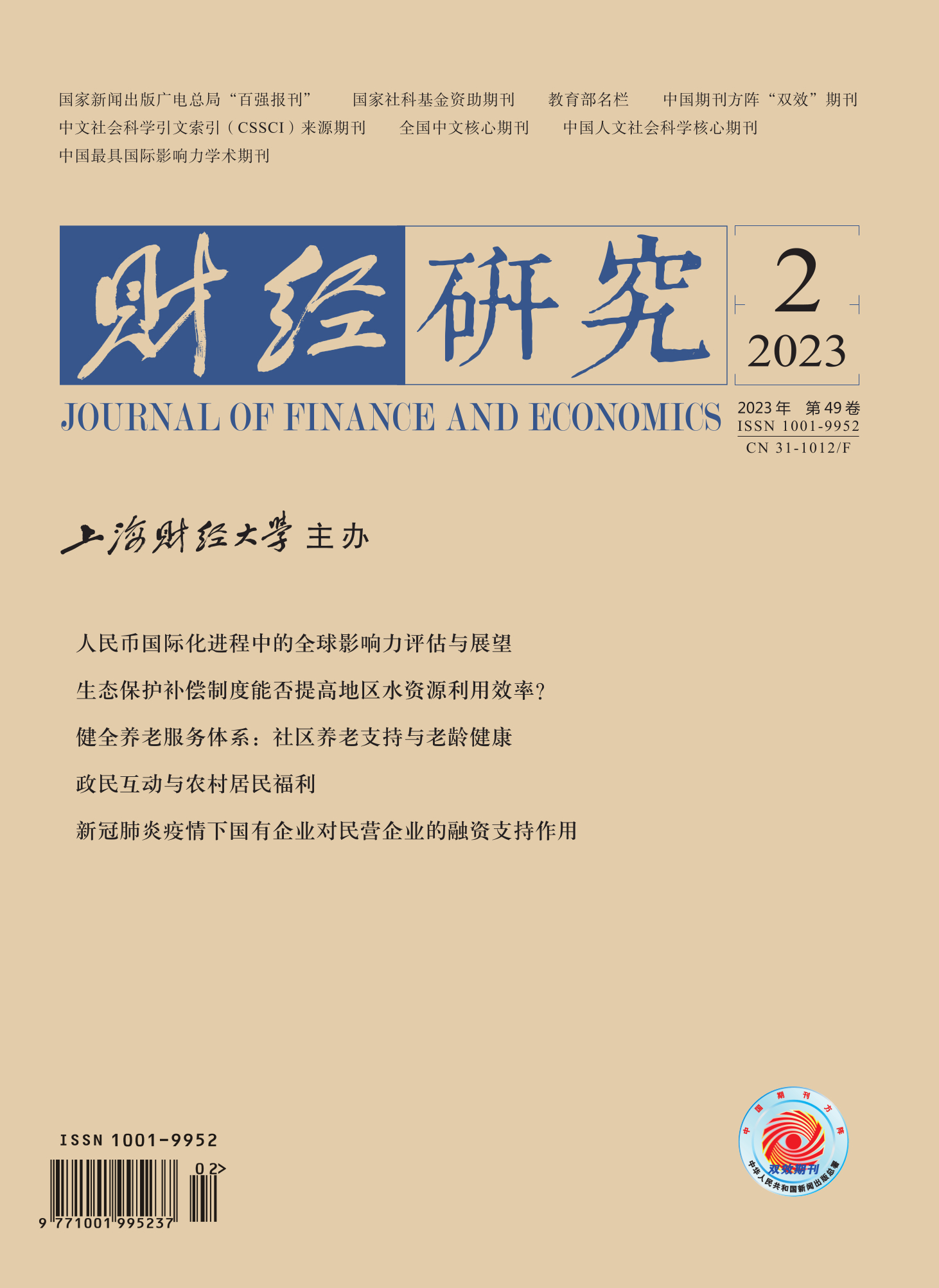The digital economy has become one of the core growth poles of China’s national economy, and the deep integration of the digital economy with the real economy will become an important engine to promote the high-quality development of China’s economy. New generation digital technologies, such as artificial intelligence, cloud computing, and blockchain, are the core key technologies for the construction of new infrastructure and the development of the digital economy, and the rational use of these digital technologies by the manufacturing industry as the main body of the real economy is a key step towards the rapid digital transformation of the manufacturing industry and the deep integration of the digital economy with the real economy. So, what is the specific mechanism of digital technology innovation on the TFP of manufacturing firms? What kind of heterogeneity exists in the promotion effect of digital technology innovation due to differences in industries and regional characteristics? An in-depth exploration of these questions will help to clarify the role played by digital technology innovation in the process of improving the TFP of manufacturing firms, and promote the integration process of the digital economy with the real economy.
In order to clarify whether digital technology innovation can promote the TFP of manufacturing firms and the specific mechanism involved, this paper uses patent data and corresponding financial data of A-share listed companies in China’s manufacturing industry in Shanghai and Shenzhen from 2008 to 2019 to reveal the specific mechanism of digital technology innovation on the TFP of manufacturing firms using panel fixed-effects models. Based on the results of the baseline regression, we find that digital technology innovation can provide a significant contribution to TFP, and the results remain consistent after the endogeneity and stability tests. At the same time, we also conduct a heterogeneity analysis, discussing separately how the impact of digital technology innovation on the TFP of manufacturing firms varies by ownership, by region, and by industry digitalization degree. Although digital technology innovation also helps manufacturing firms to improve their TFP by improving the efficiency of resource allocation and enhancing their innovation efficiency, digital technology innovation will lead to an increase in the operating costs of enterprises in the short term and hinder the TFP promotion of manufacturing firms.
There are two possible marginal contributions: First, compared with previous studies, this paper uses digital technology patent data to measure the digital technology innovation of enterprises, which provides a more stable research foundation for further empirical analysis. Second, this paper explores for the first time the impact of digital technology innovation on the TFP of manufacturing firms, which provides certain new ideas for future related research.





 8381
8381  11105
11105

